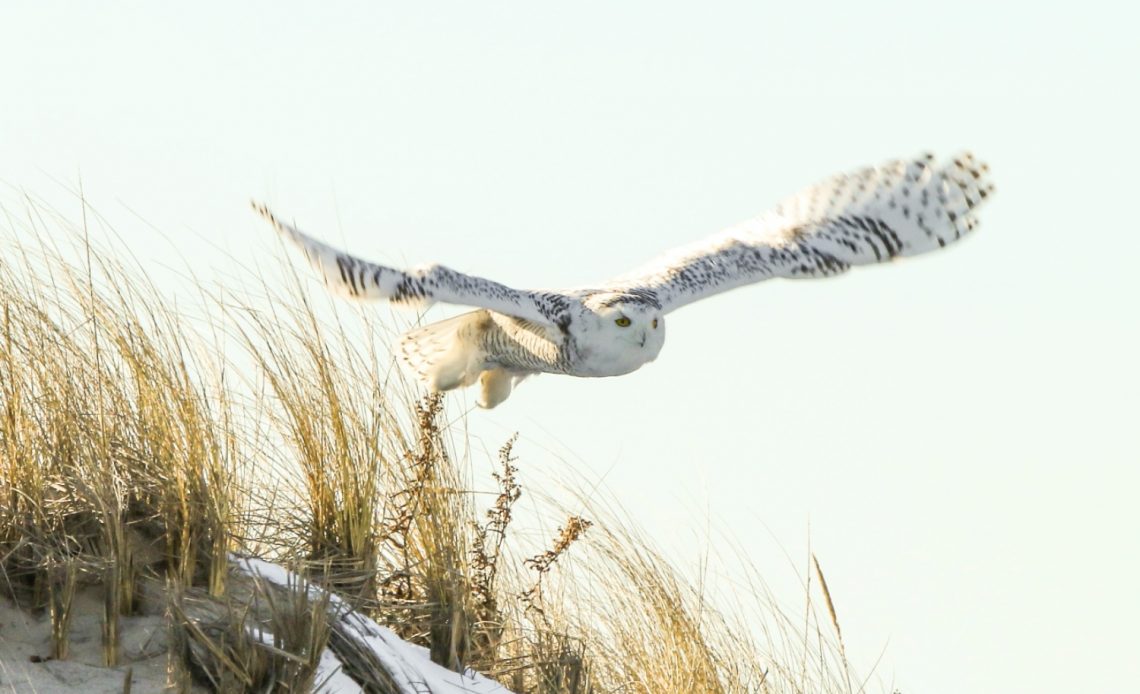

We’re here to help! Wild Yards is a completely free website that is 100% dedicated to helping you create a wildlife-friendly, sustainable yard. Read more
WildYards is reader-supported. When you buy a product through a link on our site, we may earn a comission. Every product is independently selected by our (obsessive) editors and our reviews are unbiased and objective. Read more about our mission or our privacy policy.
Freezing temperatures and lack of food force many birds to make their way south for the winter. Geese, swans, swallows, and even hummingbirds fly hundreds to thousands of miles in search of warmer climates and a bite to eat. These birds are omnivorous, eating a combination of insects, fish, and vegetation (or nectar, in the hummingbird’s case). But what about carnivorous birds, like owls? Do owls migrate?
Some owls do migrate, but many do not. When owls migrate has more to do with food availability than temperature. Some owls will migrate to warmer climates to breed and return to their native lands after they’ve raised their young.
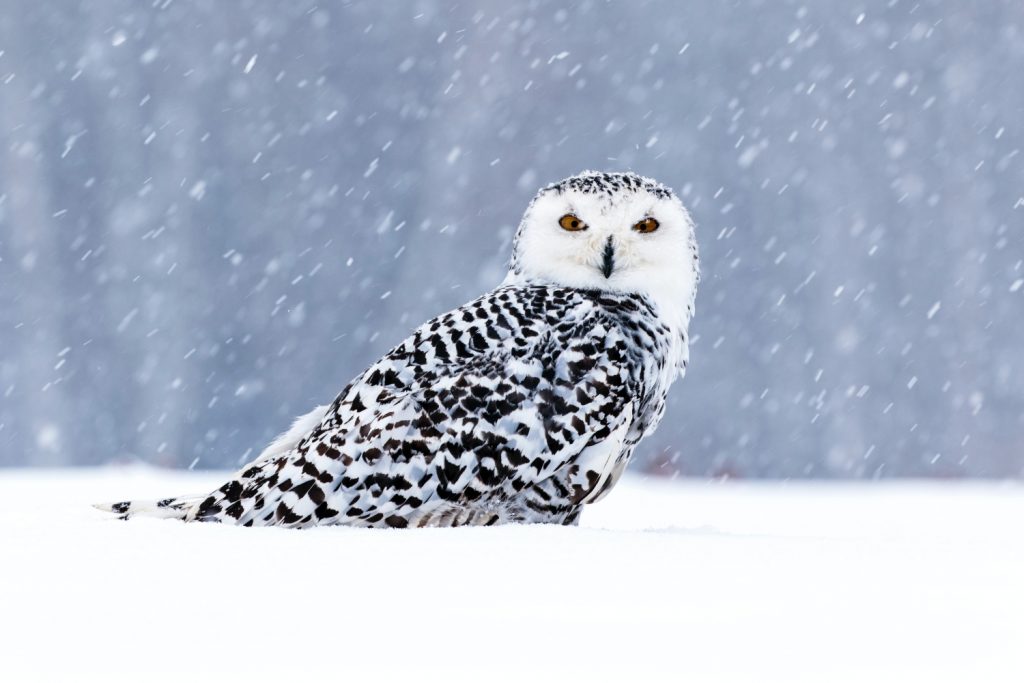
Do owls migrate during the winter?
Most owls prefer to stay in their year-round regions during the cold months. Occasionally, owls will migrate during the winter, but not because they’re trying to avoid the cold temperatures. Rather, when owls migrate during the winter, it’s to look for food sources elsewhere.
How far owls travel varies greatly. If an owl can find food only 50 miles away from its summer home, then it may stop there. But if an owl living in Canada needs to fly as far south as Florida to find adequate sustenance during the winter months, it may be willing to go the distance.
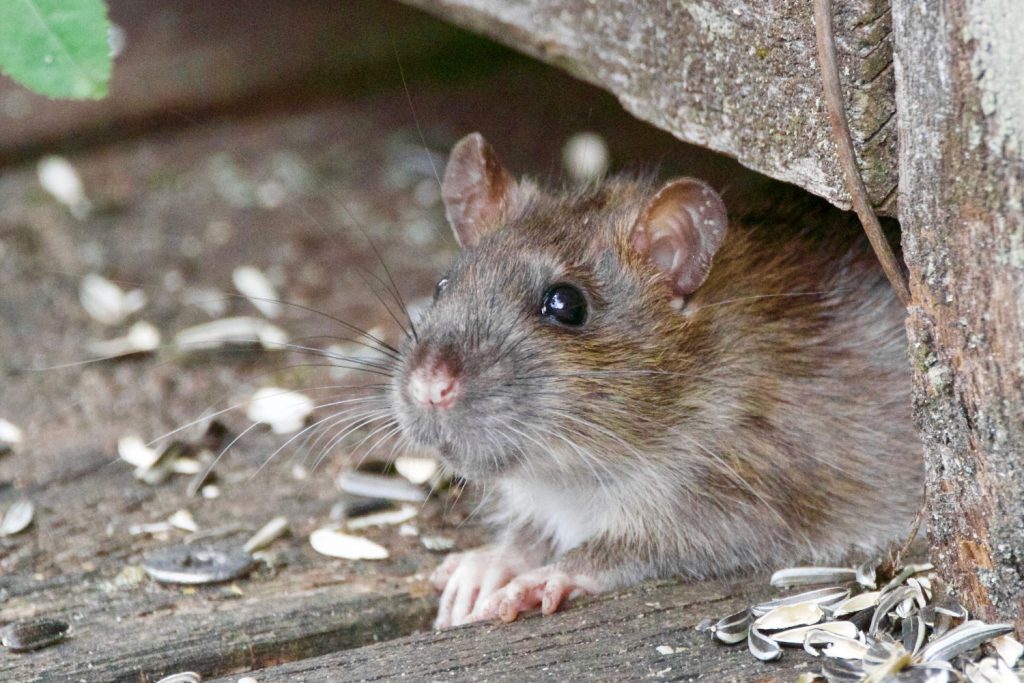
How can owls survive harsh winters?
Owls do not hibernate. Most owls, particularly those living in the northern states, have dense plumage that allows them to function as normal all the way down to -40 degrees Fahrenheit. The biggest winter threat to owls is not the cold, but rather densely packed snow, which can make it difficult for owls to reach their prey on the ground beneath it.
The great gray owl is an excellent example of an owl designed to survive freezing temperatures. While these are the largest owls in the U.S., measuring 24 to 33 inches in length, they only weigh around 1.5 to 4 pounds. These birds aren’t as heavy as their large stature would lead you to believe because their size is the result of their dense plumage.
On the other hand, snowy owls, who also have thick feathers, are much bigger-bodied. These owls spend the majority of their time in Canada and Alaska, hunting almost non-stop. While these raptors are comparable in length to the great gray owl, at an average of 20 to 28 inches, they have more body mass, weighing around 3 to 4.5 pounds.
When and why do owls migrate?
Owls don’t really follow a set schedule when it comes to migration, which means most don’t truly migrate. They may venture to new territories if prey is scarce during the winter. But they may also leave their year-round homes if spring flooding or summer droughts limit food availability.
This migration of necessity is referred to as “irruption”, and owls aren’t the only birds who become nomadic in response to food shortages. The red-breasted nuthatch, a small songbird native to most parts of the United States, has been found farther south than what was previously considered its boundary. Grosbeaks and finches may roam outside of their known territories in search of food, too.
Of course, some owls also migrate during the breeding season. Most owls begin nesting in late winter to early spring. Owls typically reuse nests year after year, so they often return to old nesting sites. Once young owlets have left the nest, usually in midsummer to fall, owls return to their year-round homes
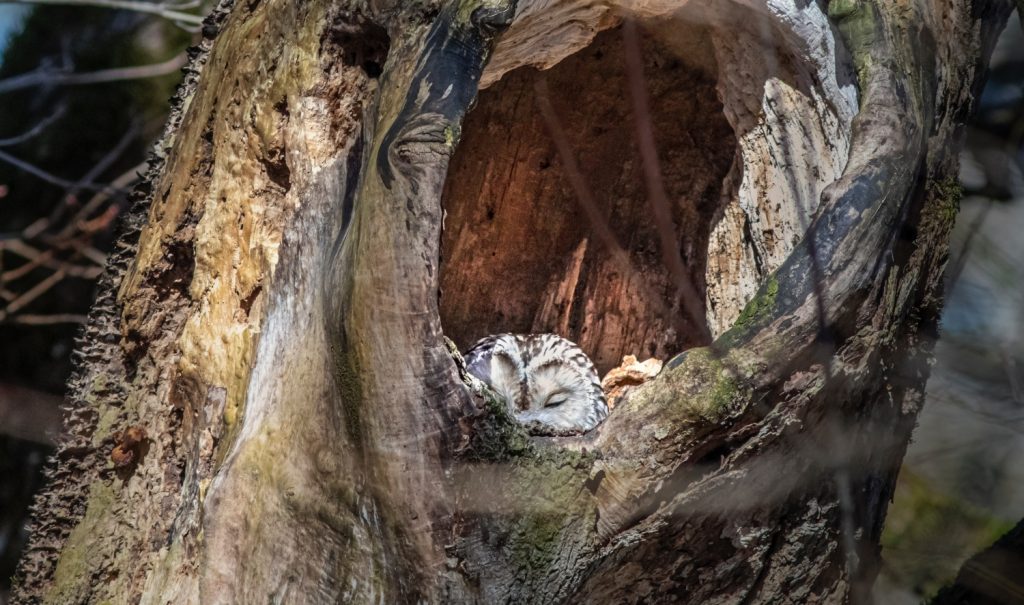
Which owl species migrate?
Of the 19 different types of owls found in the United States, the following owls are known to migrate to find mates and rear their young.
Burrowing owls
Unlike many owls, who prefer to roost alone or with their life-long mates, burrowing owls live in colonies. These owls make their nests in the ground, usually in tunnels left behind by ground squirrels and prairie dogs.
Burrowing owls have a wide distribution, living throughout most of the western United States. Colonies living in the southwest prefer to stay in their homes even during the breeding season. However, burrowing owls that live in more northerly climates may move farther south to find a mate and raise a family.
For burrowing owls, the breeding season begins in March or April and lasts for several months. These owls roost in wide open spaces and are unafraid of humans, so are frequently seen colonizing near airports and golf courses. While most burrowing owls like to reuse nests, northern migrating burrowing owls make new nests every year.
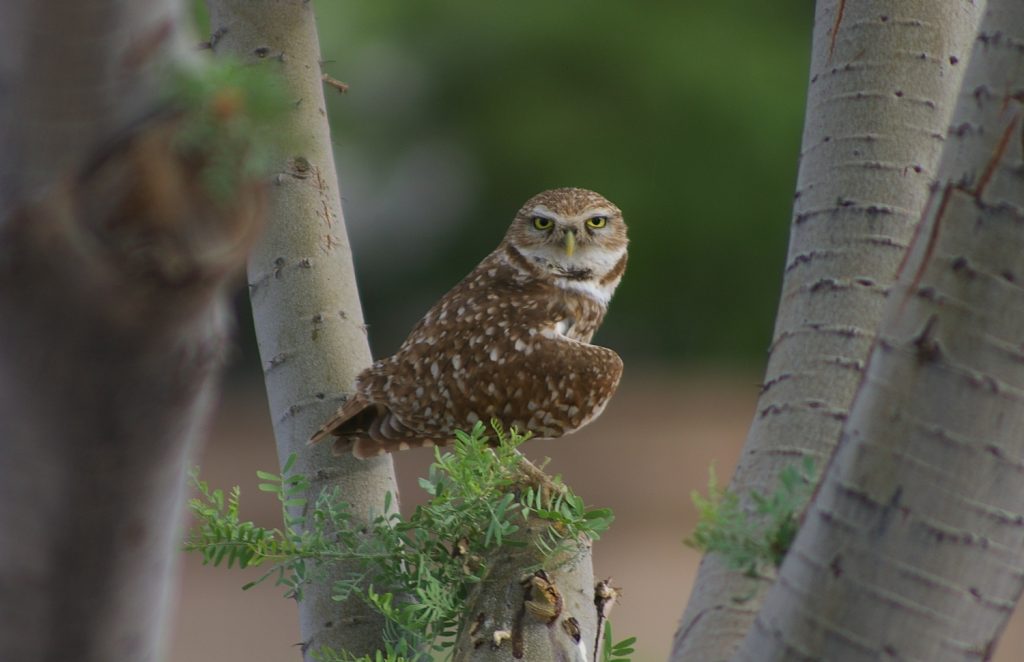
Elf owls
At just 5.7 inches long with wingspans of 10.5 inches, elf owls are small enough to fit in the palm of your hand. These tiny owls are not year-round residents of the United States, preferring to dwell in the warm deserts and forests of Mexico. However, elf owls will venture farther north during the breeding season.
Elf owls journey to parts of Arizona, New Mexico, and Texas in late spring, where they raise anywhere from 1 to 5 owlets at a time. Once fledglings leave the nest, usually by the end of July, elf owls make their way back home.
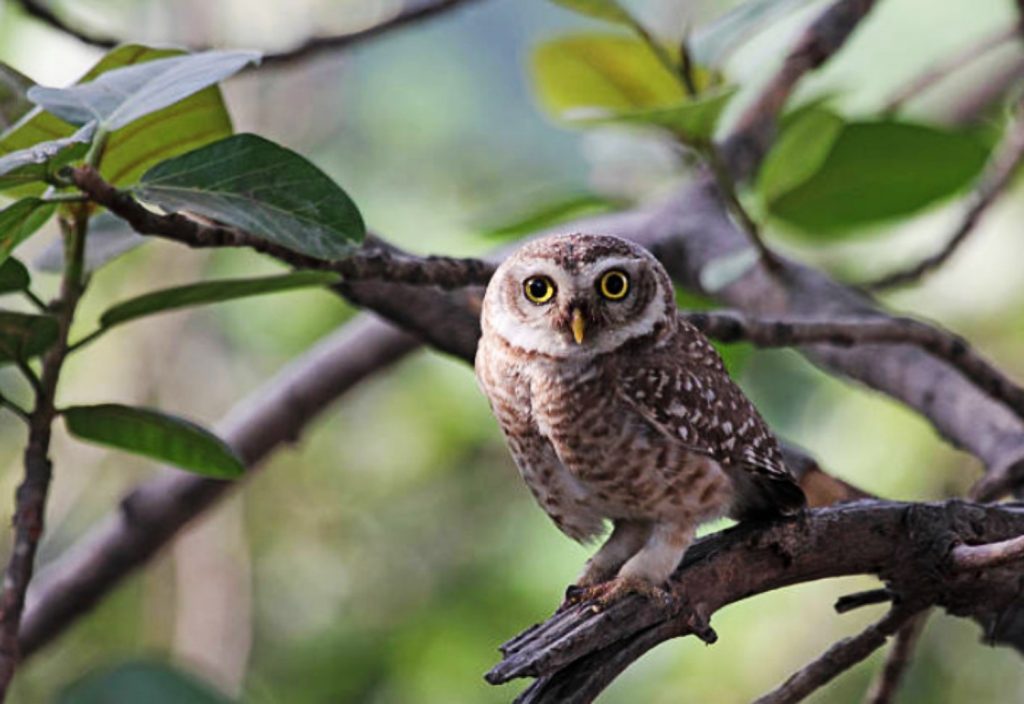
Flammulated owls
Named for the distinctive flame-like patterning on their faces, flammulated owls are gray, brown, and orange in color, allowing them to blend in with their surroundings. Their excellent camouflage, coupled with the fact that they only fly at night, has made it difficult for researchers to determine their exact migratory patterns.
Flammulated owls live in old coniferous forests, nesting in mature ponderosa pines and Douglas fir trees. In spring, flammulated owls leave their homes in central Mexico, flying north to the western United States. When breeding season is over in the fall, and food becomes harder to find, flammulated owls return to Mexico for the winter.
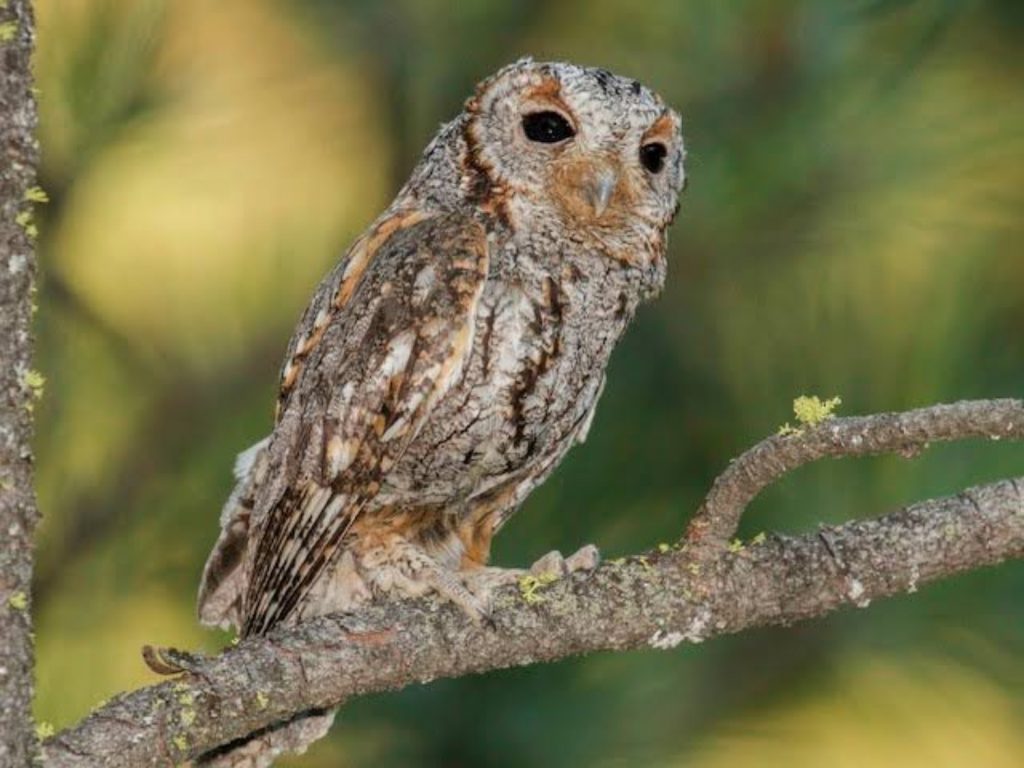
Long-eared owls
Easily identified by their surprised expressions and long ear tufts, long-eared owls can be found throughout the United States and most of Mexico. Long-eared owls are among only a handful of owls in North America and Europe known to migrate. Some long-eared owls split their time between the same winter and summer homes annually, regardless of food availability.
While some long-eared owls are non-migratory, those who do migrate travel to the northernmost states, from Idaho to Minnesota and all the way to Maine. These owls lay their eggs in January or February and owlets typically fledge by spring.
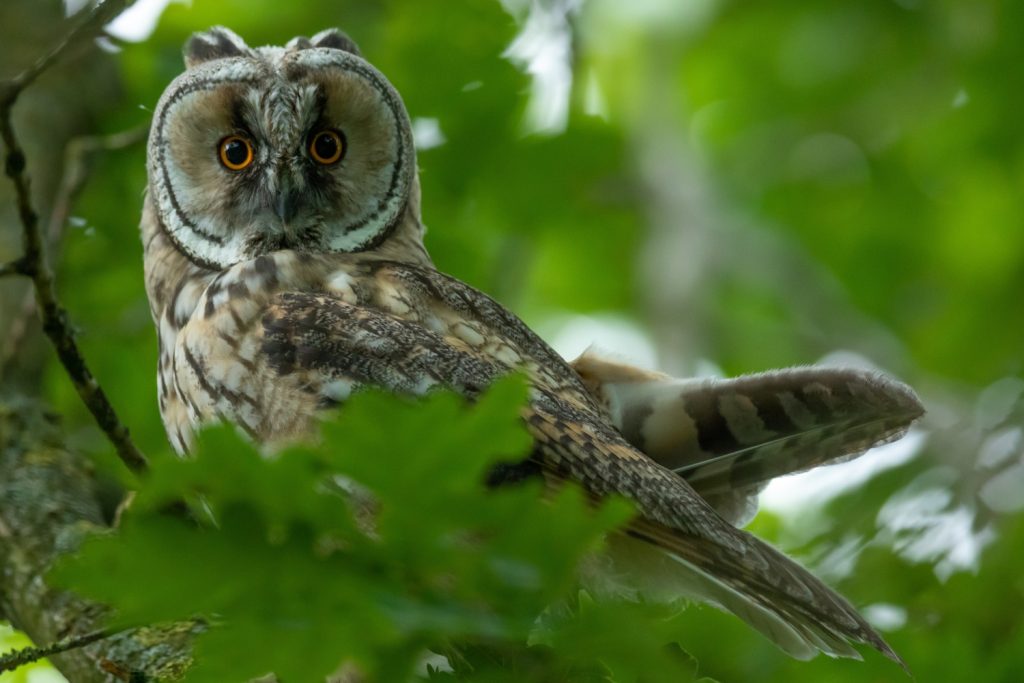
Northern hawk owls
You’ll find the northern hawk owl nesting in old raptor nests perched at the tops of mature conifers. These owls live year-round in north-central Canada, moving southward into the United States to find food as winter approaches. They lay their eggs from March to June and hunt constantly using mainly their eyesight to keep their owlets well-fed.
These owls behave more like hawks than owls and look more like owls than hawks. Northern hawk owls hunt for prey during the daylight hours, and though they prefer to stick to their forest homes, are easy to spot as they’re unafraid of humans.
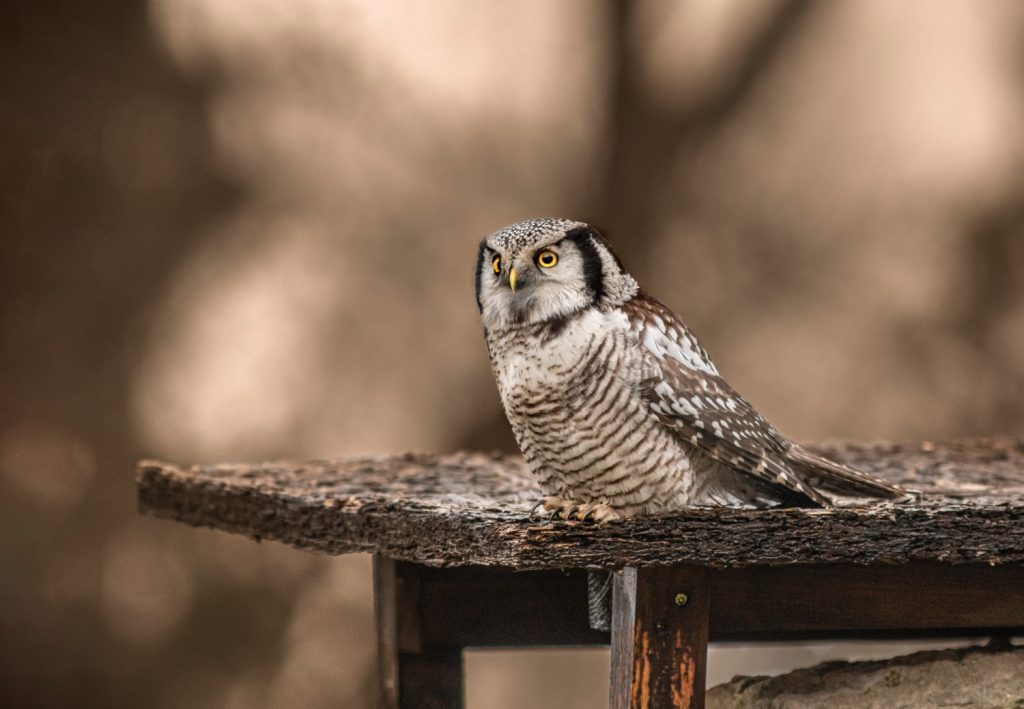
Northern saw-whet owls
These owls, named for their distinctive cry that sounds like a saw being sharpened on a whetstone, can be found in all but the southernmost portions of the United States. Saw-whet owls are considered migratory, however, they do not follow any set pattern of migration. These owls move about their designated region, usually flying farther south during the winter.
Saw-whet owls have an extensive range and breed much farther north than most other owls. These birds nest from March to July, and females lay 4 to 6 eggs per clutch.]
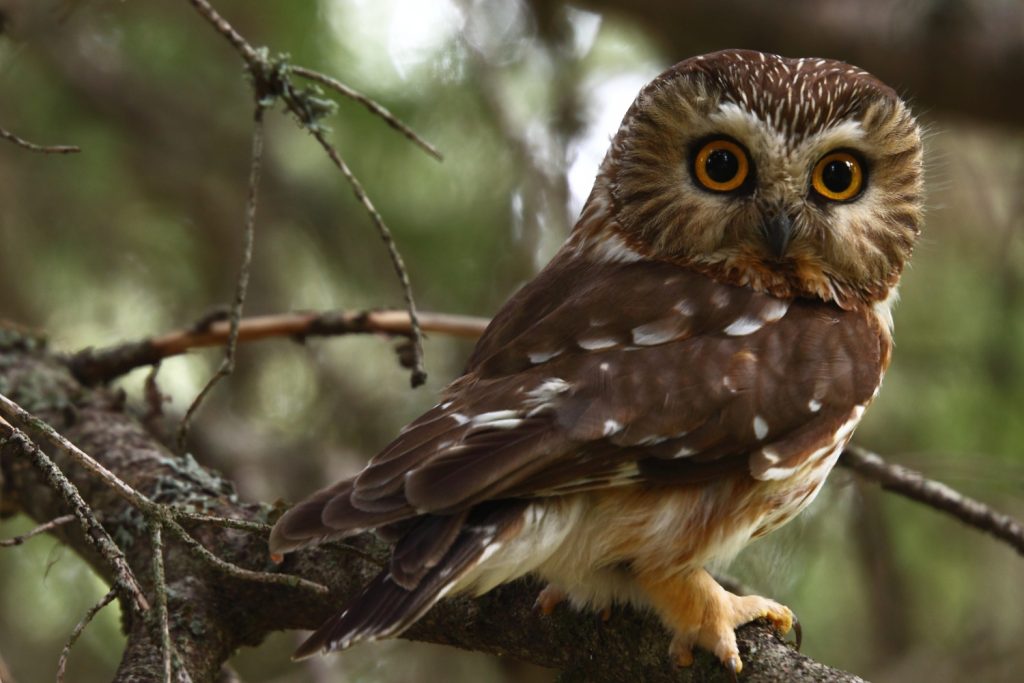
Short-eared owls
Like their long-eared cousins, short-eared owls prefer to travel north during the breeding season. Short-eared owls live year-round in most of the United States, but migrating individuals spend their spring and summer in the central and southern states to nest from March to July. Short-eared owls are among the most widely distributed in the U.S., and are most often seen during the daytime, though they can be difficult to identify as their ear tufts are often so short they’re imperceptible.
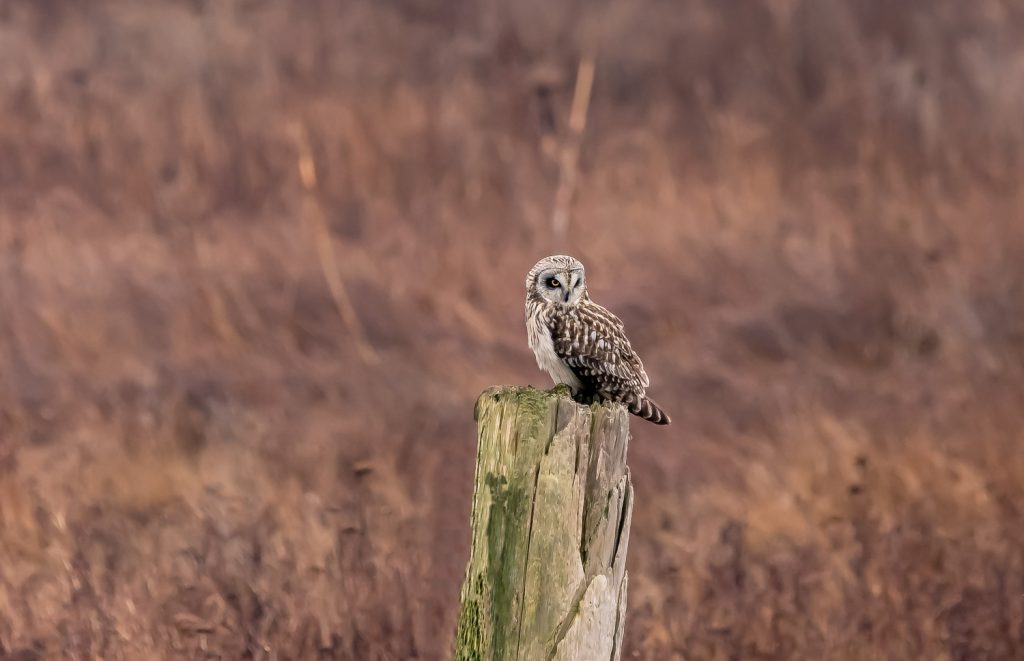
Snowy owls
Perhaps the best example of an irruptive owl species in North America, snowy owls live year-round in Canada, moving to the northernmost regions in summer to nest. During the winter, however, snowy owls will venture to the central United States to find food. These nomadic birds are capable fliers, even venturing down to Florida in search of prey.
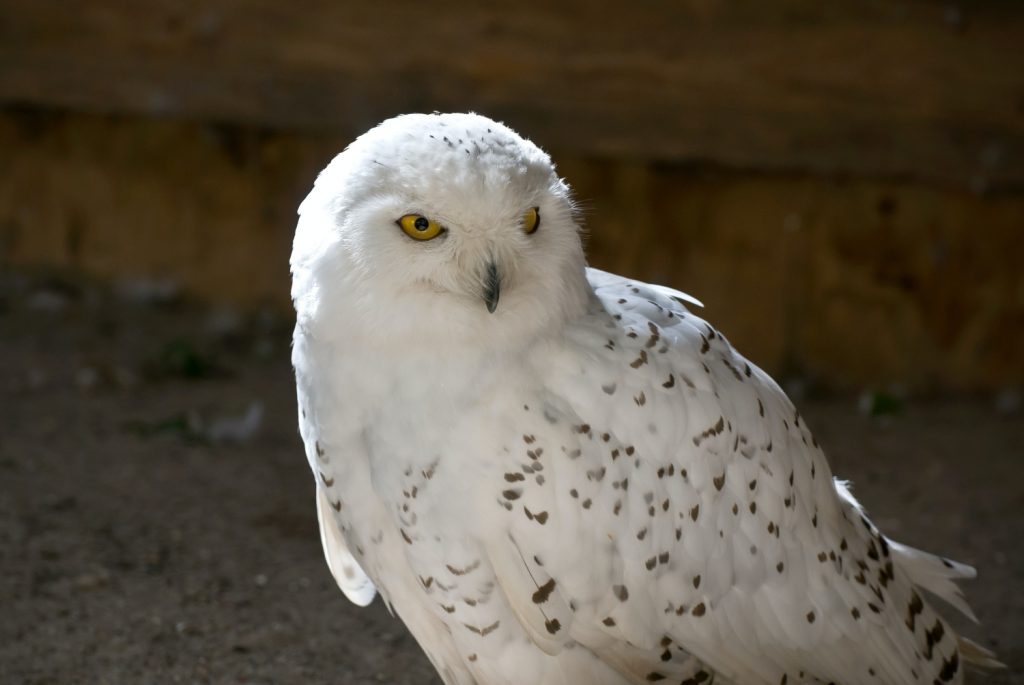
Which owl species don’t migrate?
While some owls leave their typical regions to find more temperate climates during the breeding season, many owls prefer to stay home. The following owls prefer to stay in the same area, year-round.
Barn owls
With their pale round moon-like faces, barn owls are among the easiest owls to identify. Unlike barred owls and screech owls, which roost upright in tree hollows, barn owls prefer a more horizontal roosting position. While other owls may be happy to make their homes in traditional owl boxes, barn owls require larger rectangular ones to rear their young.
Barn owls live year-round in all but the northernmost section of North America. These silent predators are not particularly frightened of people, regularly making their homes in outbuildings where they can search for rodents. Barn owls nest from March to June and can raise up to three clutches a season.
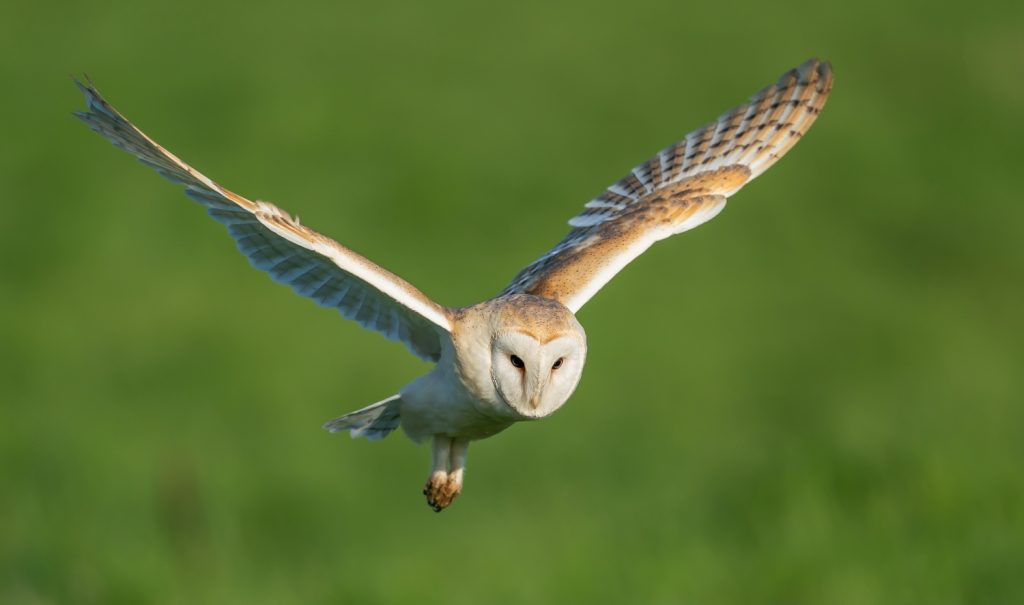
Barred owls
Not keen on traveling, barred owls are content to remain in the same 6-mile radius their entire lives. These owls have sweet, gentle faces, but a curious nature that can turn towards aggression when perceived threats venture too close to their nests. Barred owls live year-round in the eastern states, through parts of Canada, and in the Pacific Northwest, raising broods of 2 to 5 owlets in spring.
Barred owls living in warmer regions may begin nesting much earlier in the year. In Florida where it stays relatively warm and humid during the winter, the barred owl’s breeding season begins in late December to early January.
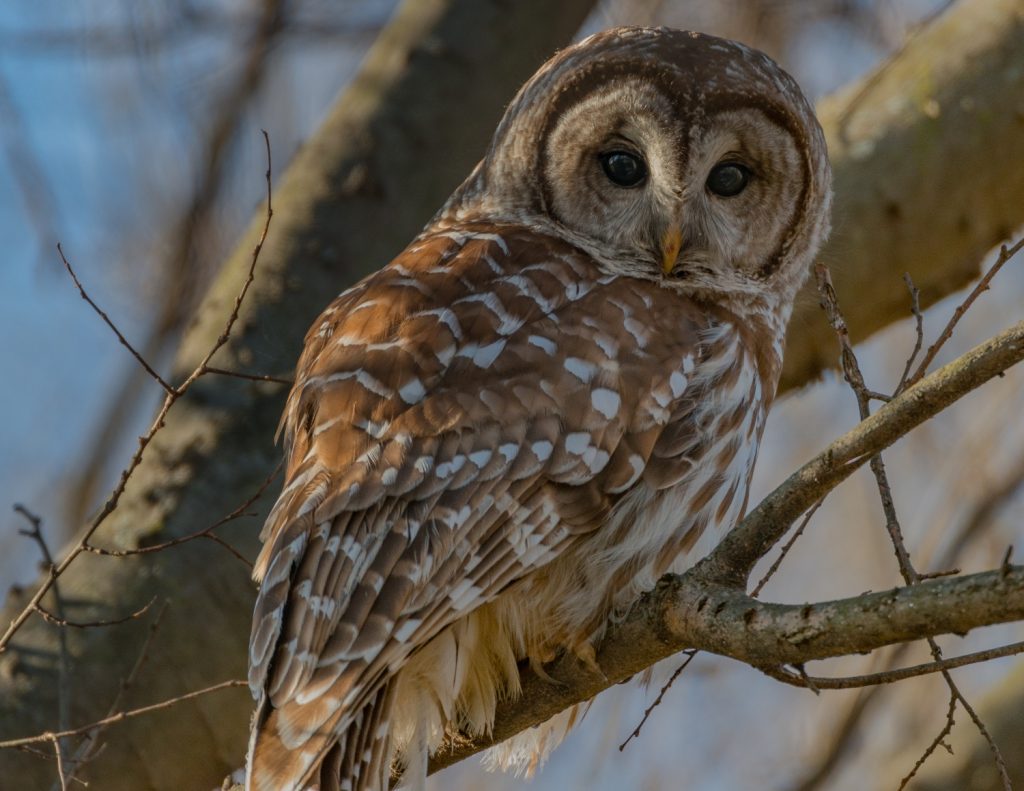
Boreal owls
Quiet for most of the year, the boreal owl becomes extremely vocal in February during the mating season. At this time, males of the species use loud, dramatic hoots to win the attention of nearby females. These owls will readily use nesting boxes when they’re available to raise broods of 3 to 7 owlets.
Boreal owls live in boreal forests, unsurprisingly, preferring to make their roosts in fir trees. These owls are so quiet that they can be tough to track down, but they live year-round in northern Minnesota, Maine, and throughout the west from northern Arizona to Washington, Idaho, and Montana.
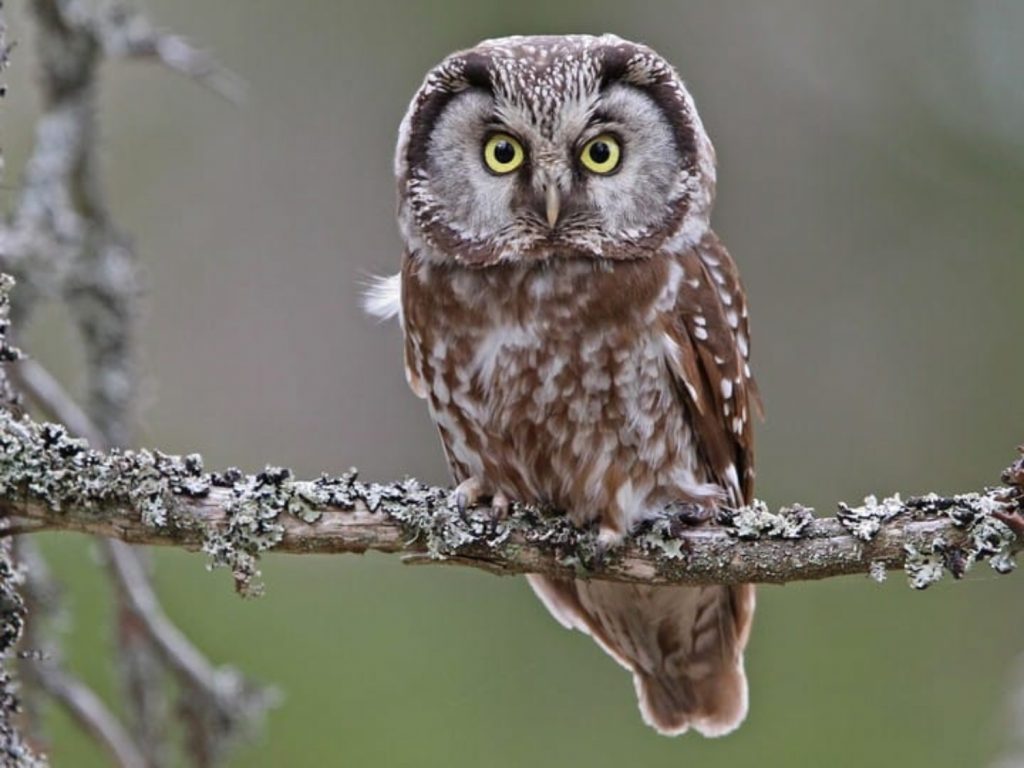
Eastern screech owls
Eastern screech owls live in the eastern half of the United States, as their name implies. These small owls, though they are capable fliers, prefer to stay in the same region throughout the year. Even though they may move about as food sources shift, they will stay in the same region to lay their eggs and raise their young, which they do from April to midsummer, when fledglings leave the nest.
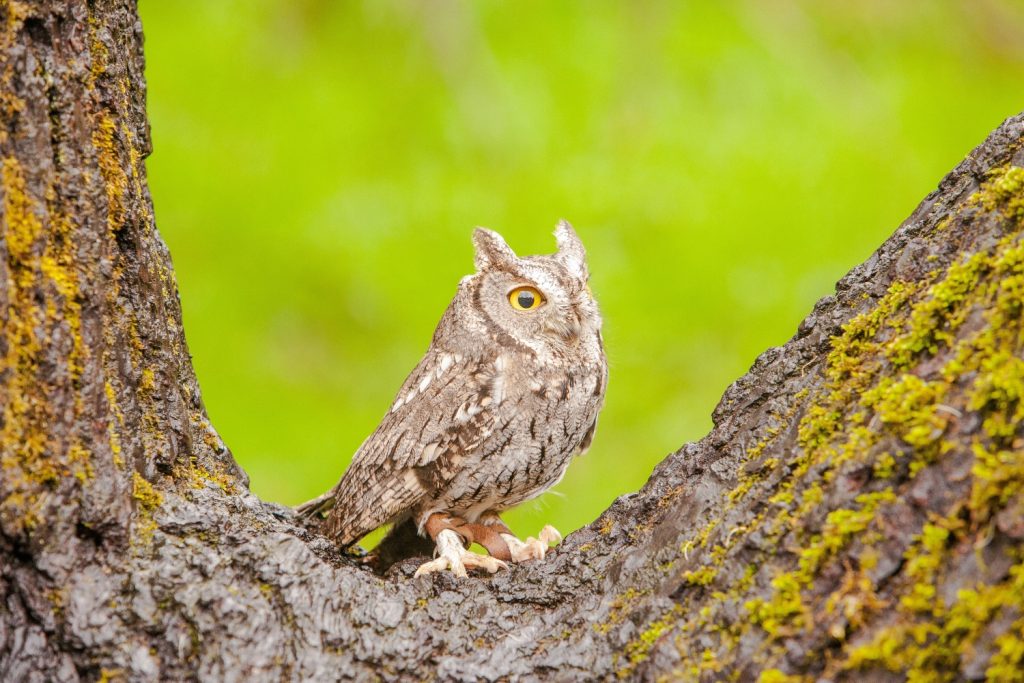
Ferruginous pygmy owls
So-called because their reddish-brown plumage is similar in color to rusty iron, ferruginous pygmy owls live in south-central Arizona and the southernmost tip of Texas. These tiny owls use a whistled “hoo-hoo-hoo” in the key of E flat to communicate, and breed from late winter to early spring.
There are several ferruginous pygmy owl subspecies, the most endangered of which is the cactus ferruginous pygmy owl. These owls have seen a loss of habitat due to buffel grass fires, which quickly destroy the cacti these owls call home. If you live in a region where ferruginous pygmy owls dwell, consider installing a few nesting boxes to help them out.
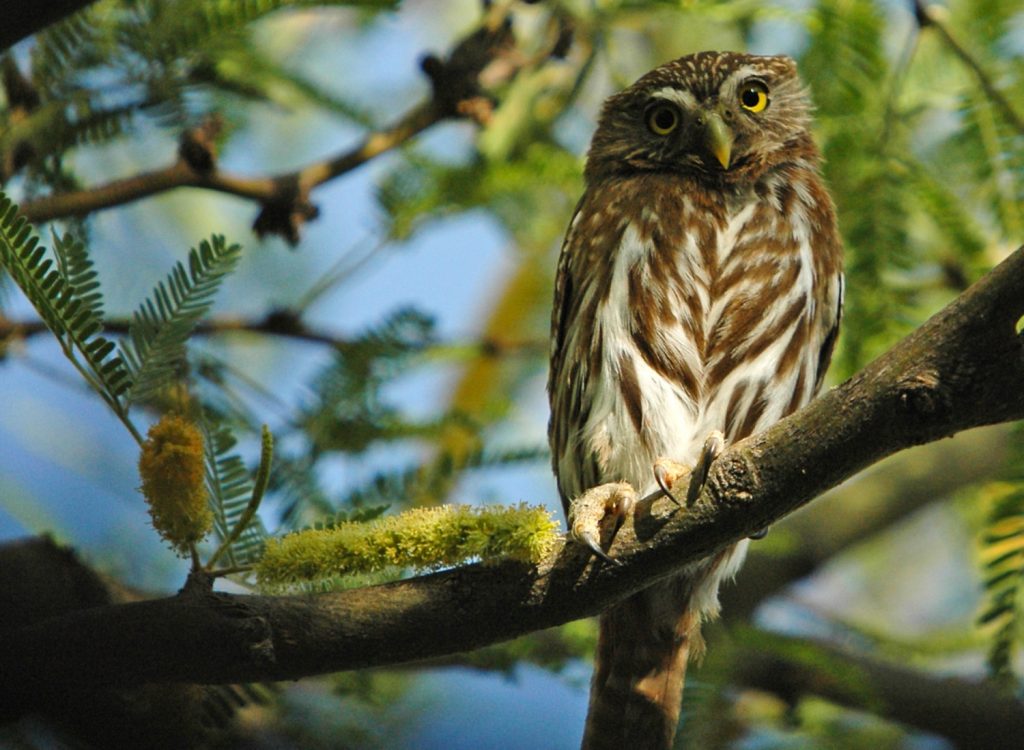
Great gray owls
Thanks to the great gray owl’s dense plumage it can live year-round in its preferred region. These peaceful-looking owls are distributed throughout Canada and make their homes in parts of the United States, too. Look for great gray owls in the mountains and evergreen forests of California, Oregon, Washington, Montana, and Idaho.
Great gray owls nest in broken tree tops, tree cavities, and old raptor nests. These owls typically lay 4 eggs in a clutch and will take care of their owlets until they’re ready to go off on their own in autumn.
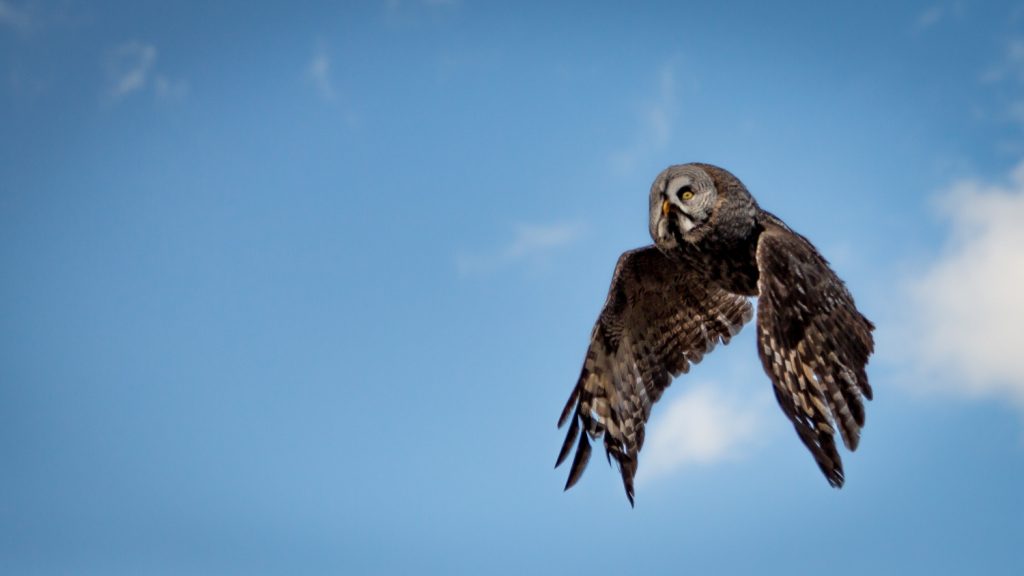
Great horned owls
One of the largest owls in North America, great horned owls are anywhere between 17 and 25 inches in length and have impressive wingspans of 3 to 5 feet. These owls can be found all throughout the nation.
Great horned owls prefer to stay hidden in heavily forested areas throughout the summer months, venturing out into open areas as fall nears to find a mate. They begin nesting from winter to spring, raising on average 2 owlets at a time. These intimidating birds can be aggressive toward outsiders and have been known to attack cats, dogs, and even people.
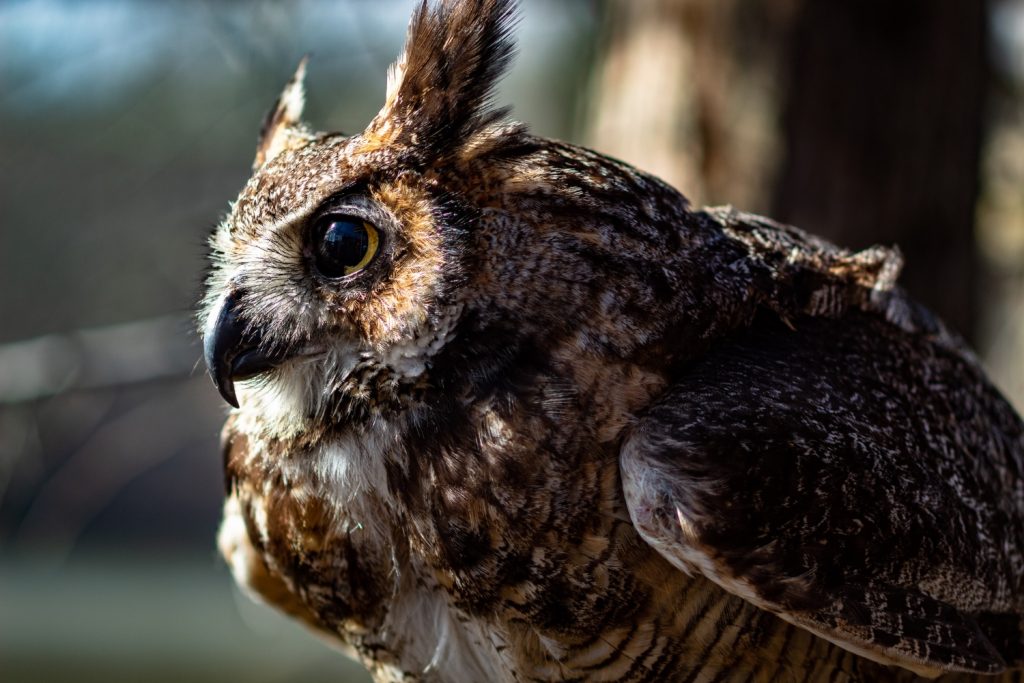
Northern pygmy owls
Measuring around 6.5 inches in length at the most, these little owls have small rounded heads and stout, sturdy bodies covered in white and red-brown plumage. Northern pygmy owls have a patchy distribution, living in parts of the southwest and the Pacific Northwest, where they are incredibly difficult for eager birdwatchers to find thanks to their diminutive size and unremarkable coloring. Northern pygmy owls are happy to nest in their native lands and mate from April to June, raising clutches of 2 to 7.
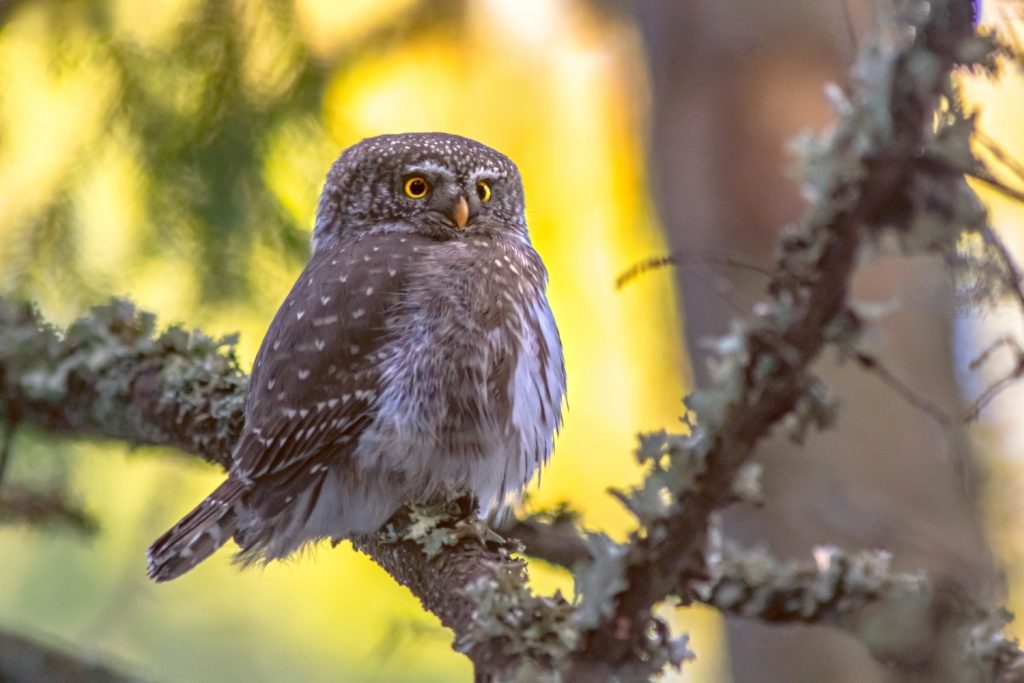
Spotted owls
Increasingly rare as they lose their ancient forest homes and fall prey to barred owls, spotted owls are hesitant to fly too far from their homes. These owls consistently choose the oldest trees to roost in and are actually considered an indicator species, helping guide researchers to aged forests.
Spotted owls do not breed every year, which also has a major impact on their dwindling populations. When they do mate, they nest anywhere from spring to fall and raise 2 to 4 owlets at a time.
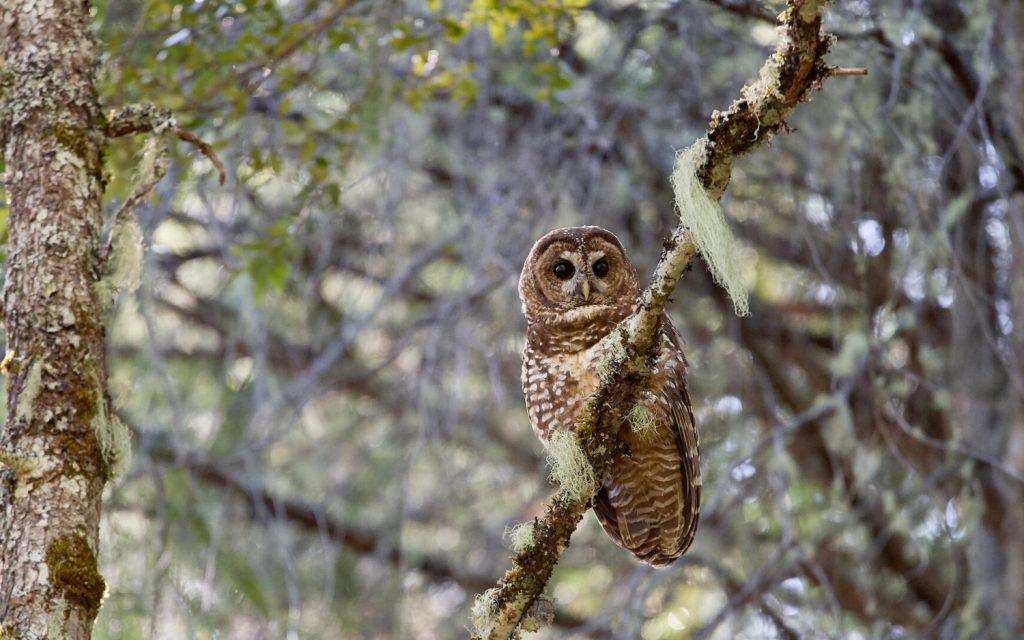
Western screech owls
Residing in the western portion of the U.S., western screech owls are gifted fliers, regularly catching insects and other flying prey right out of the air. Although they have the strength to fly impressive distances, they prefer to raise their young in their native lands. Western screech owls nest in the spring and summer.
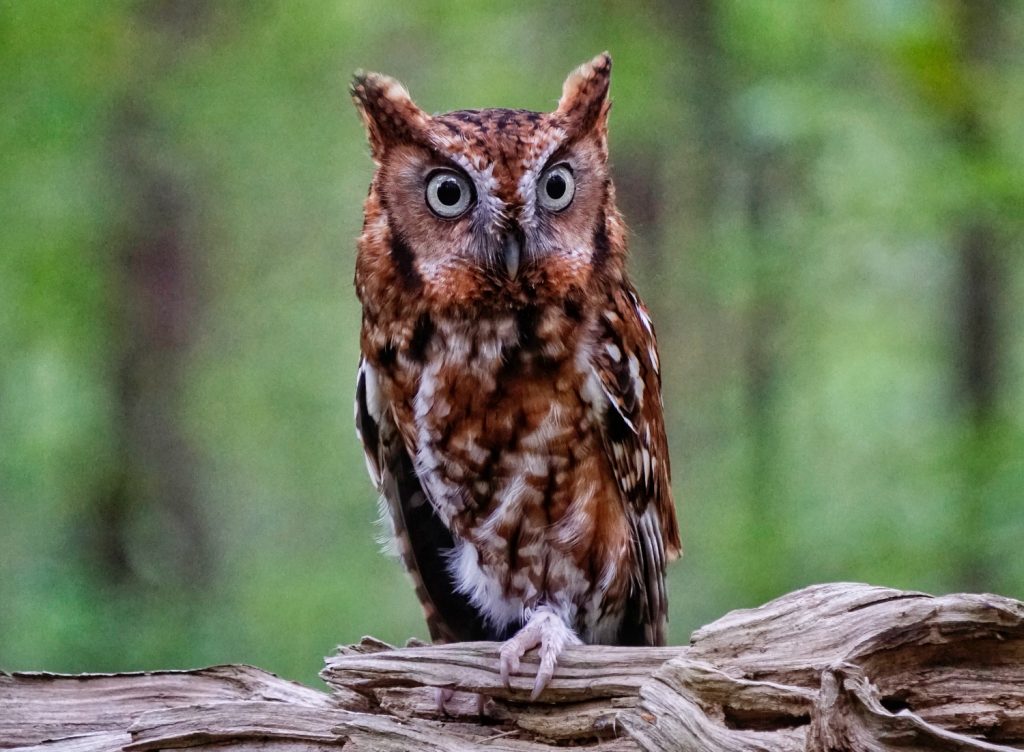
Whiskered screech owls
The whiskered screech owl looks a lot like the western screech owl but is only found in southeast Arizona and southwest New Mexico. These owls live at high elevations making them difficult to research. Whiskered screech owls lay their eggs in April or May, breeding at high elevations in forests and on coffee plantations.
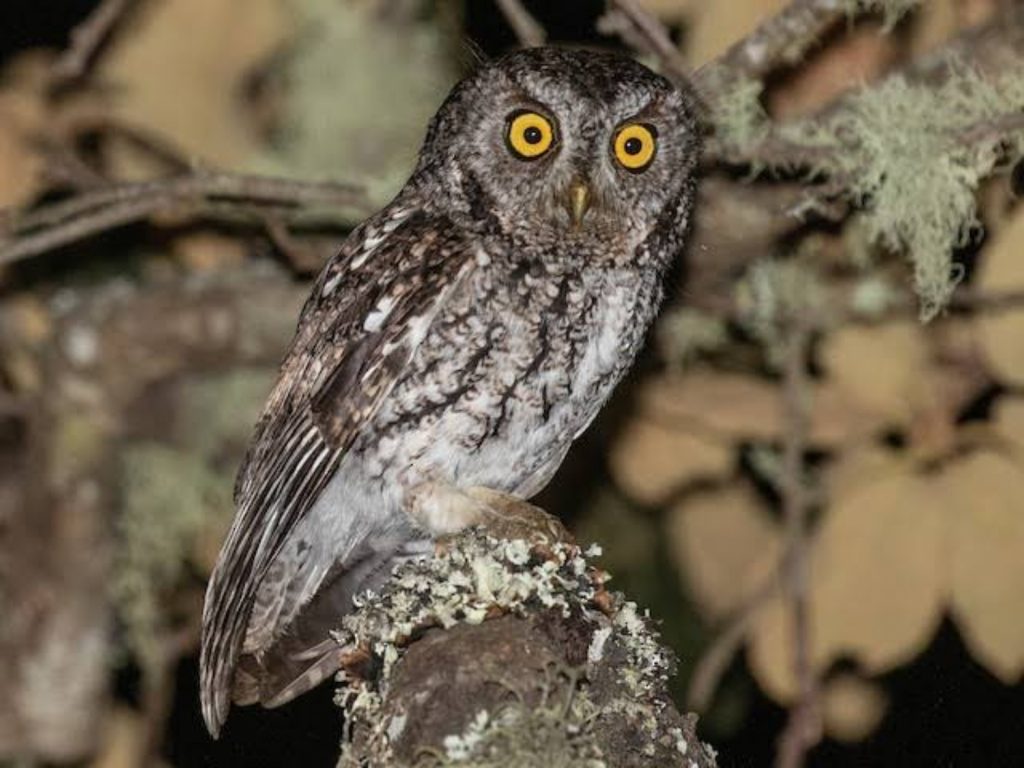
What’s the best way to see more owls?
Maybe you want to offer migrating owls a nice place to roost for the night, or maybe you want local owls to feel more welcome on your property. Either way, there are things you can do to attract owls. First, install a nesting box. Owls are always on the lookout for places to raise their young.
Second, leave brush piles scattered around. These make nice homes for rodents, who will quickly capture the attention of owls passing by. Third, install a bird bath. More than food, animals need clean, reliable sources of water.
By providing resident and migrating owls with the things they need to survive, you’ll be supporting owl populations nationwide and your local ecosystem as a whole.
